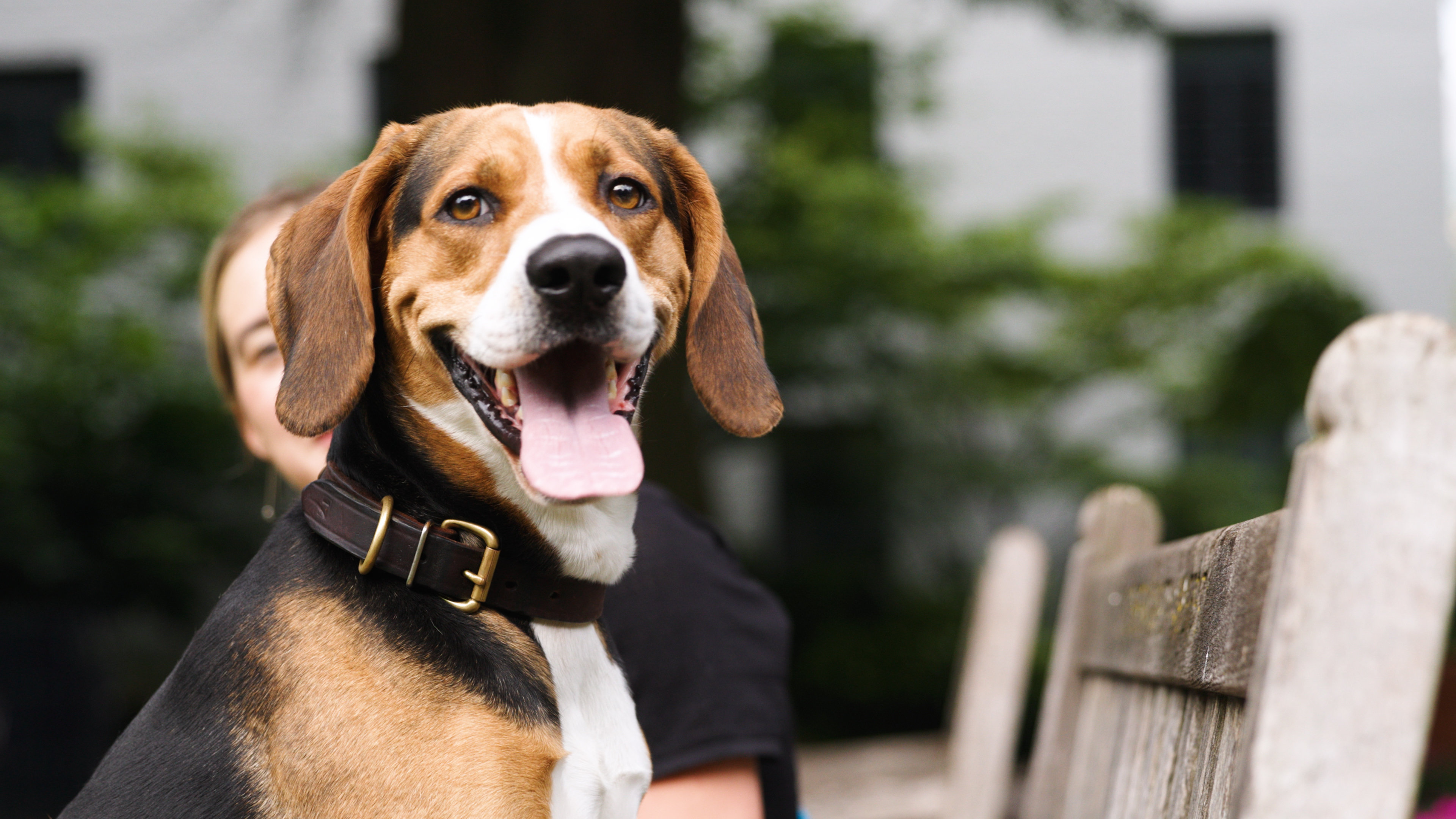The domestication of canines and their co-evolution with humans has fostered an incredibly unique relationship with these animals. Over time, our four-legged friends have adapted well to understanding human modes of communication, both verbal and nonverbal. However, researchers at the George Washington University say humans could do more to better understand our furry companions, and a dogs’ facial markings may be one key to meeting them halfway.
In a new paper published in the journal Animals, researchers from the GW Primate Genomics Lab found that dogs with plainer faces—e.g. dogs whose faces are one, solid color or dogs without any facial markings—appear to make more facial movements, or expressions when interacting with their human companions than dogs with more complex facial markings—dogs with multi-colored or patterned faces. The study also found that people are fairly good at assessing their dogs’ levels of expressivity overall, but people with canine companions between the ages of about two to seven years old are more accurate at judging their level of expressivity if their dog has a plainer face.
The study involved over 100 dogs and their people. The researchers asked each study participant to record their dogs in four different conditions. The research team then utilized a standardized coding system called the Dog Facial Action Coding System (DogFACS) to analyze each dog’s behavior and created a novel system to scale and evaluate facial markings and patterns on dogs' faces. Study participants were also asked to complete a survey that included various demographics about the dogs and gauged how well the participant judged their dog’s expressions.
The researchers say these findings have real-world implications, not only for dog lovers, but for anyone interacting with, working alongside or living in neighborhoods with canine companions.
“As dogs become more and more integrated into human society, it’s important that we understand how they communicate with us and how we can better communicate with them,” said Courtney Sexton, the study’s lead author. “If we think about this in terms of welfare contexts, or dogs in shelters, or working dogs and service animals, or interactions with dogs in your neighborhood or people at a dog park, knowing what dogs are trying to tell us and what they might be thinking or feeling can really enhance both their experience and ours when we’re together.”
The study also found that senior dogs appear less expressive in their communication with their human companions, which Sexton suggested may be because older dogs have a longer, more well-established relationship with their human companion, so they don’t have to work as hard at being understood. The research team also found that working dogs or highly trained dogs were more expressive, where this sort of relationship demands fluent communication and people may be more adept at understanding their dogs’ expressions.
In thisvideo, Sexton discusses additional findings of interest and shares examples of how this research can improve canine-human communication and relationships.
Recordings of participating dogs in this research can be found on Instagram, @how_dogs_talk.
The paper, “What Is Written on a Dog’s Face? Evaluating the Impact of Facial Phenotypes on Communication between Humans and Canines,” was published in the journal Animals. Researchers from GW’s Center for the Advanced Study of Human Paleobiology and the Hecht Lab/Canine Brains Project at Harvard University as well as collaborators at Working Dogs for Conservation contributed to this study. Funding for research travel and research-related outreach came from Lewis N. Cotlow Field Research Fund and the Awesome Foundation, D.C. Chapter.


